772 third parties can access your Outlook data; "allows Microsoft to read the emails”
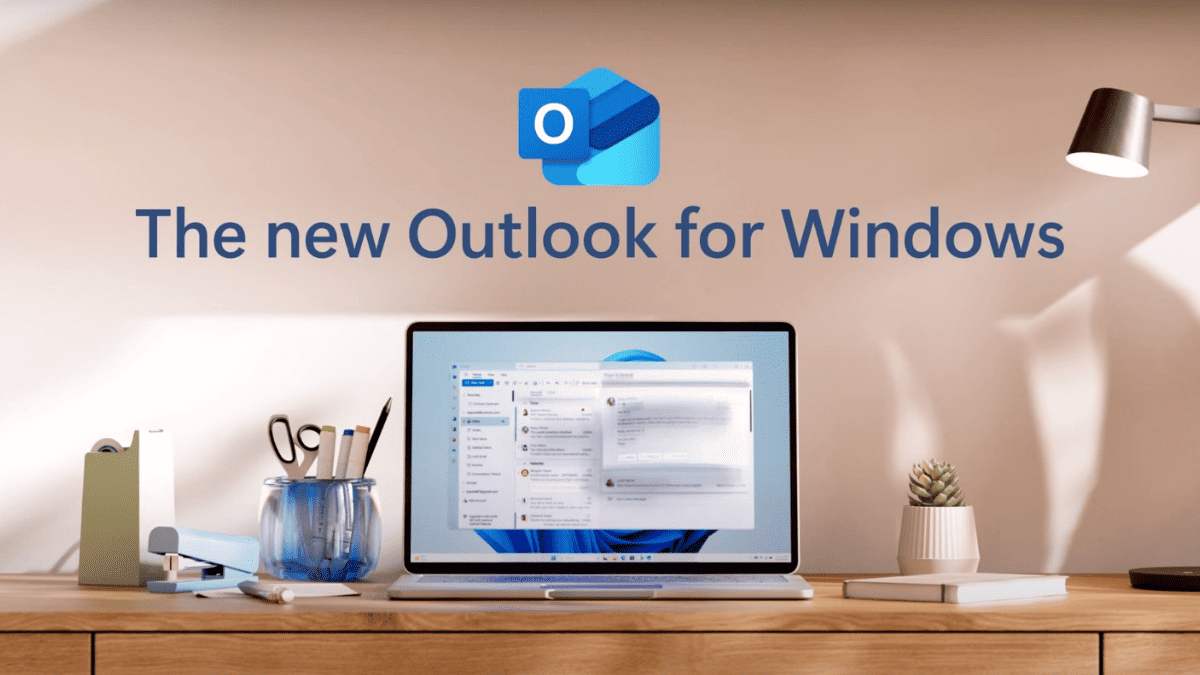
Reports have drawn attention to the data collection practices of Microsoft’s new Outlook for Windows app. In a recent blog post, ProtonMail raised concerns about the extent and scope of data being collected, potentially including emails, contacts, events, location data, and browsing history.
According to Microsoft’s privacy policy, the number of third parties currently sits at 772. The findings suggest that this data collection’s primary purpose may be advertising.
Apart from third-party sharing, here are other data collection practices:
- Extensive data collection: The new Outlook app collects a wide range of user data, including emails, contacts, events, geolocation data, browsing history, and potentially more.
- Opt-out, not opt-in: Users are forced to manually opt out of data sharing with each third party rather than having the option to opt-in to data sharing in the first place. This makes it difficult and time-consuming for users to protect their privacy.
- Lack of transparency: Microsoft has been criticized for its lack of transparency about collecting and storing user data. The privacy policy is lengthy and complex, and how the data is used is not always clear.
Although Microsoft explains that it is possible to switch back to the previous apps at any time, the data will already be stored by the company. This allows Microsoft to read the emails.
says Proton
It is important to acknowledge that ProtonMail, a competitor of Microsoft, may be interested in highlighting these concerns. Nonetheless, the raised points and data referenced in the blog post warrant further attention and consideration.
Microsoft has yet to address these specific concerns publicly.
Read our disclosure page to find out how can you help MSPoweruser sustain the editorial team Read more
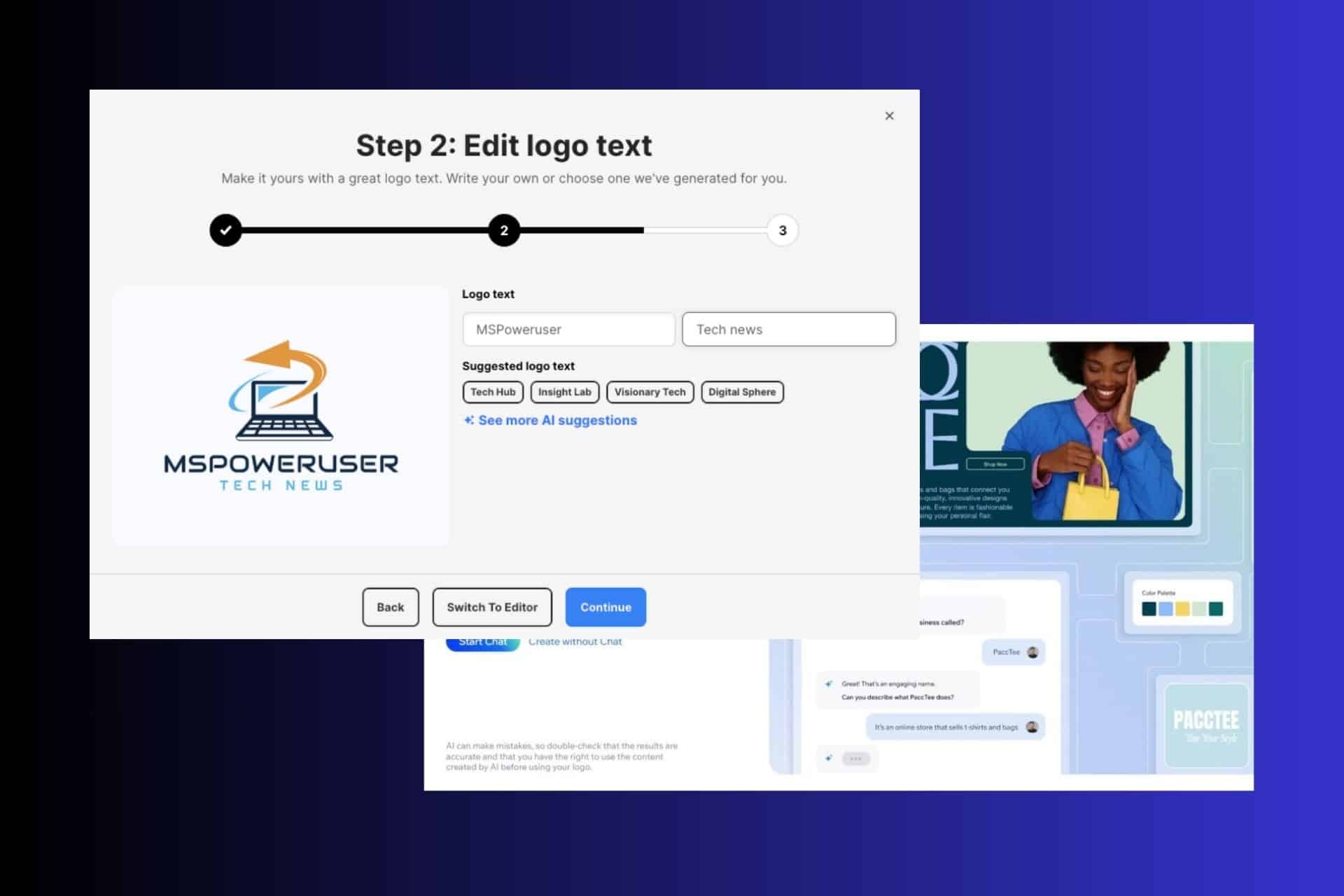
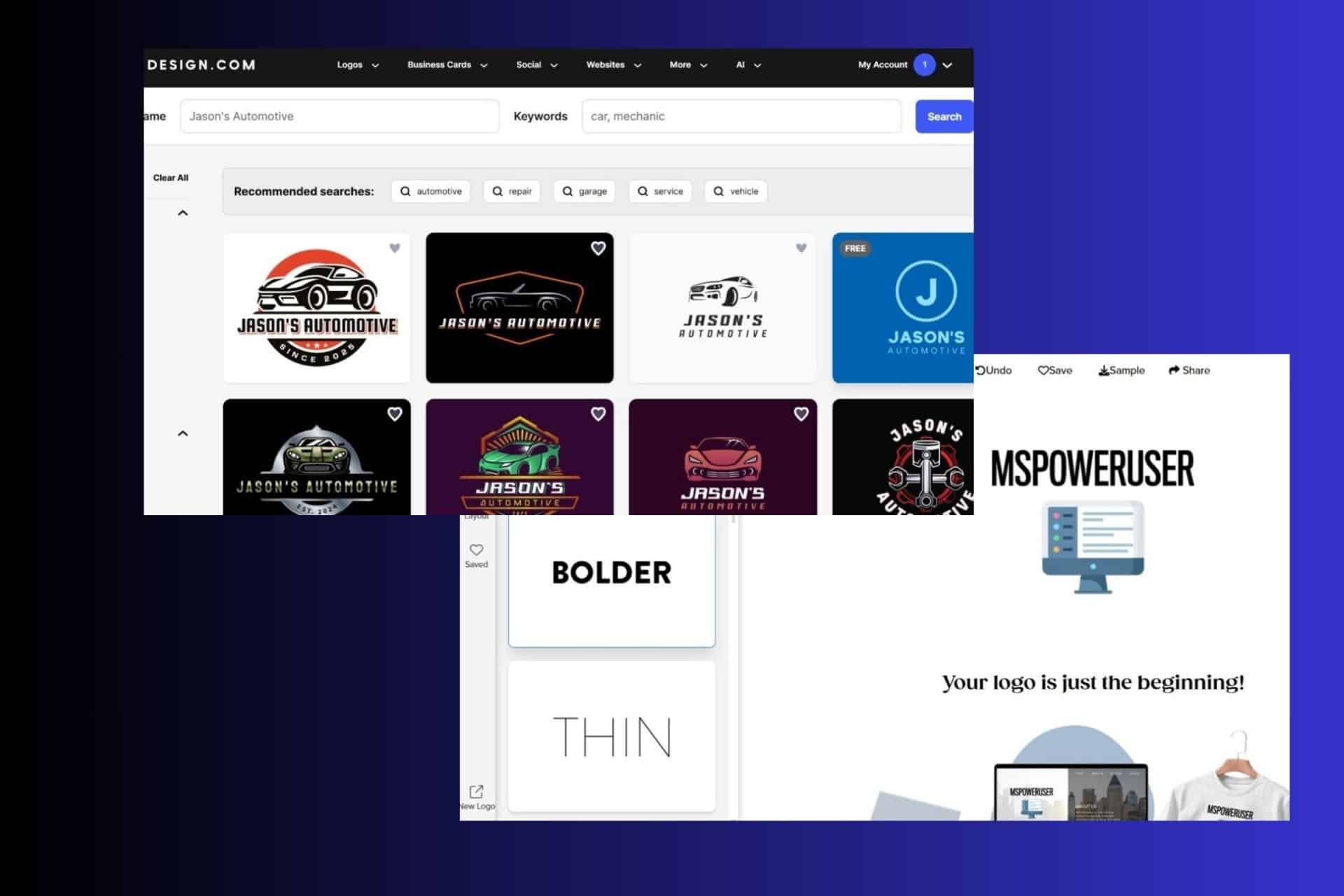
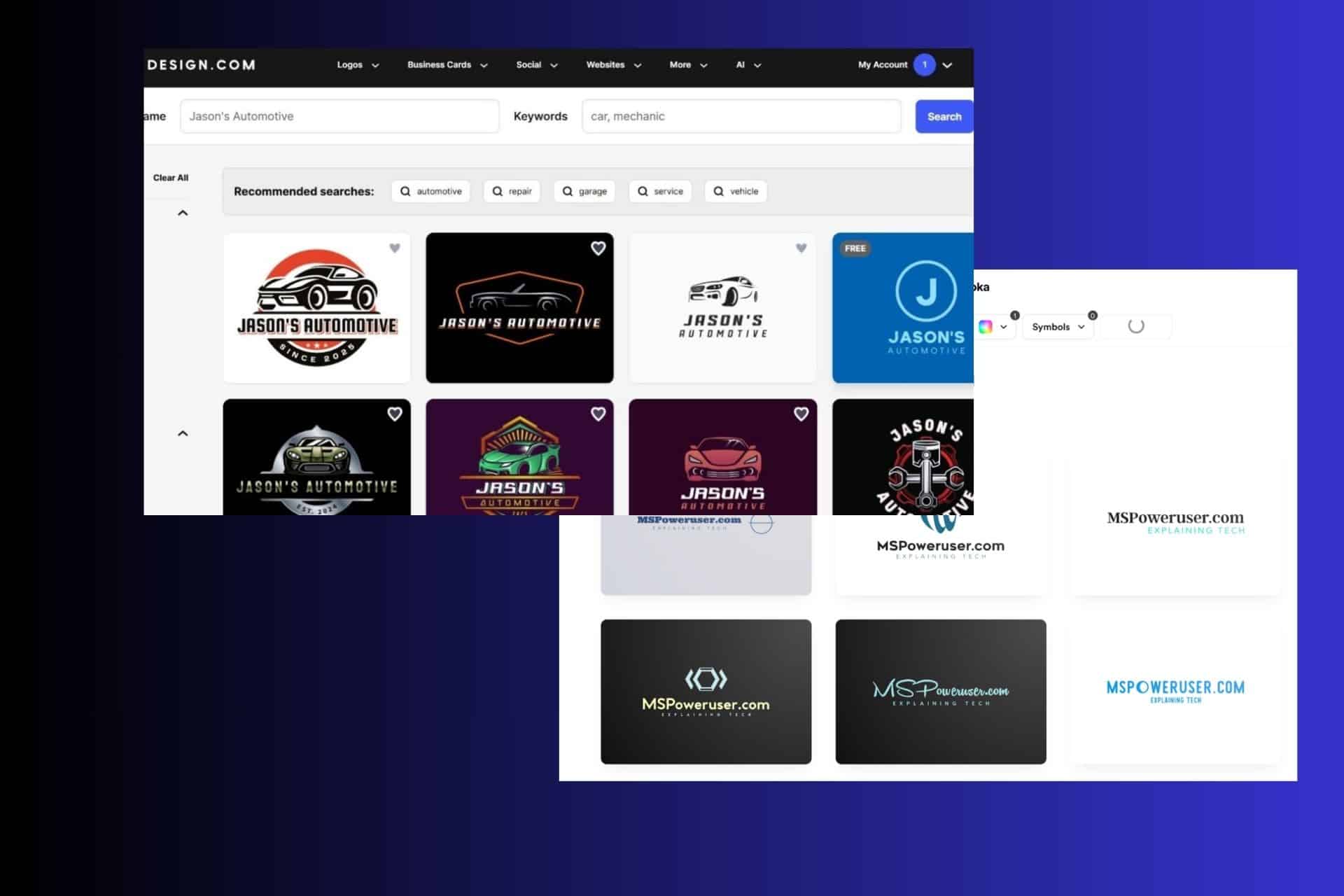
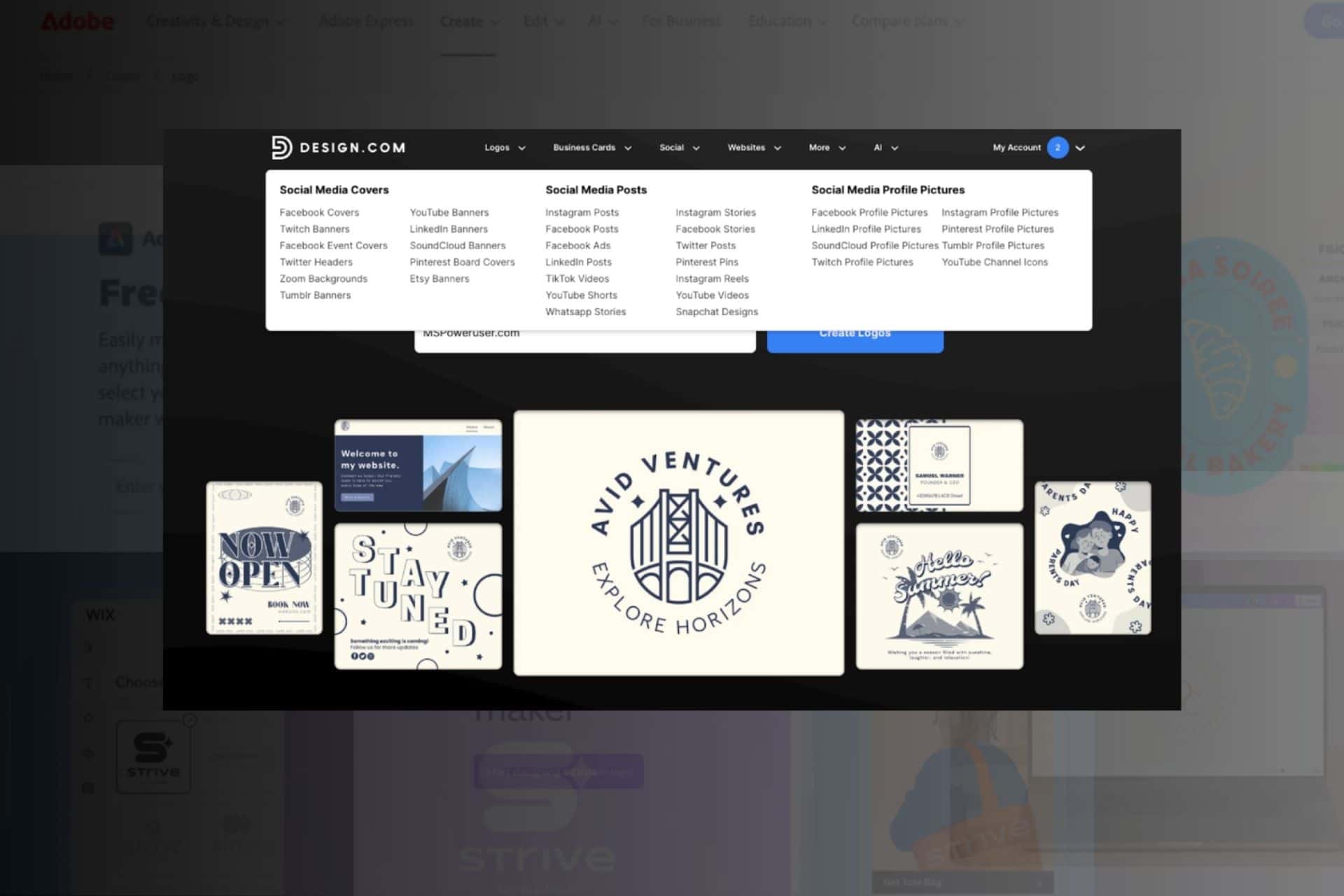
User forum
1 messages